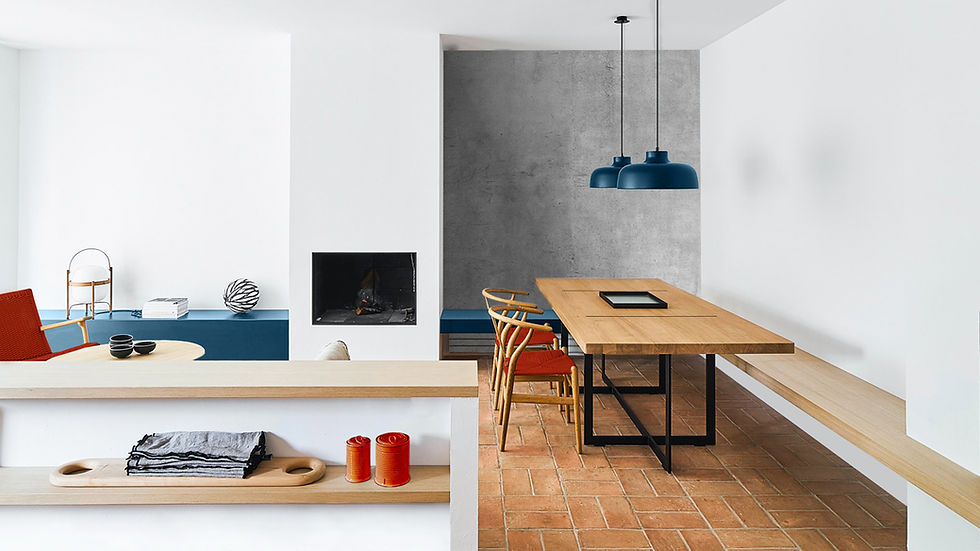The Rise of Multigenerational Home Design in Modern Living
- Architect Dennis

- Apr 7
- 3 min read
In recent years, multigenerational home design has become a popular choice for families looking to adapt to changing needs. This trend symbolizes a shift towards valuing family bonds while respecting personal space. With economic pressures, varying lifestyles, and cultural values merging, many people find that multigenerational homes offer both practicality and comfort. In fact, according to a recent study by the Pew Research Center, about 20% of Americans live in multigenerational households, emphasizing this growing trend.

Understanding multigenerational home design Living
Multigenerational living is when more than two generations, such as grandparents, parents, and children, share the same home. This arrangement provides several benefits, including shared financial responsibilities. For example, families pooling their resources can reduce housing costs, sometimes by up to 30% compared to single-family homes. This makes homeownership more attainable for many.
Beyond finances, multigenerational living promotes shared caregiving, easing the burden often faced by single generations. For instance, working parents may find relief knowing that grandparents can help with child care. This collaboration not only makes daily life smoother but also strengthens family bonds through shared experiences.

Designing for Comfort and Privacy
When it comes to within multigenerational homes, a key focus is comfortable and private spaces. Effective designs often include separate suites or in-law units. These areas offer families the independence they need while still maintaining close connections.
For example, a home might feature an attached guest suite with its own kitchenette and bathroom. This setup allows aging parents to retain their privacy while still being close enough for support. Flexibility is another vital component in home design. A spare room that serves as a home office today could easily transform into a nursery tomorrow. This adaptability ensures the home can grow alongside the family’s changing needs.

The Role of Technology
Home technology is making a significant impact on multigenerational living. Smart home features, like automated lighting and heated floors, not only enhance convenience but also improve energy efficiency. A 2023 survey found that 75% of homeowners with smart technology reported increased satisfaction with their homes.
Communication is also simplified through technology. Families can set up video call systems that help older relatives stay in touch with younger ones. Additionally, smart security systems offer peace of mind, ensuring both children and older adults feel safe in their shared living environment.

Addressing Societal Changes
Growing interest in multigenerational home design stems not only from personal choices but also from broader societal changes. Rising housing costs and stagnant wages are making multigenerational living more appealing. Recent statistics show that home prices have risen by approximately 50% in the last decade. This economic climate pushes families to share expenses, making the multigenerational model more practical.
Cultural shifts also highlight the importance of family support. Many people are re-evaluating their priorities and valuing strong family connections, especially during crucial life events. Whether it's caring for aging parents or supporting children, having extended family nearby can be invaluable in navigating these transitions.

Embracing the Modern Family Structure
As our understanding of home continues to change, so does the appeal of multigenerational design. Creating spaces that are flexible and inclusive allows families to bond while still enjoying their independence. With demographic shifts and economic pressures driving this trend, the popularity of multigenerational homes is expected to rise further. Families are discovering that a shared home can lead to deeper connections and a more fulfilling lifestyle.

By acknowledging the diverse needs of families and leveraging innovative designs, multigenerational homes are becoming key to nurturing stronger family connections and enhancing overall quality of life.
Learn more related topics from our well curated reference. Head over to our Resource Page





Comments